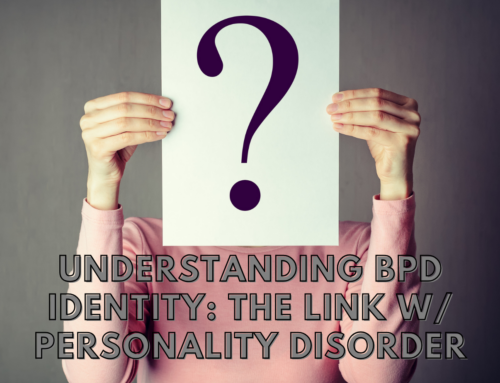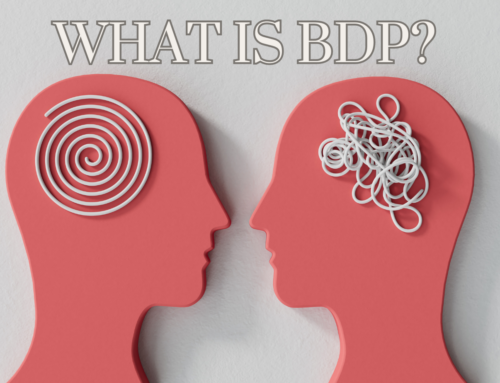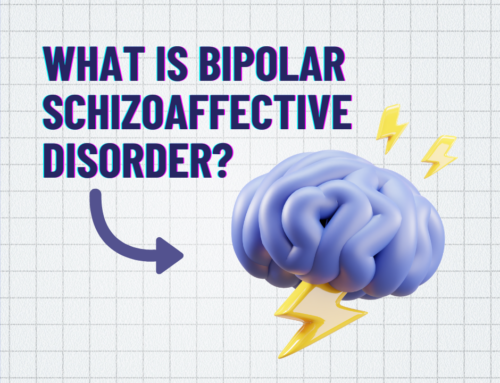People with schizophrenia experience a combination of hallucinations, delusions, cognitive impairment, and disorganized thoughts and speech. These symptoms can be confused with bipolar disorder, schizoaffective disorder, or even ADHD. Understanding how schizophrenia differs from other disorders can give you a clear picture of what you may be struggling with.
Psychosis and Schizophrenia
Psychosis can be applied to any mental illness that causes you to be detached from reality. False beliefs, hallucinations, incoherent speech, and inappropriate actions are all considered psychotic symptoms. It is important to remember that while psychosis is a part of schizophrenia, it does not mean that you have to be schizophrenic to have psychosis. According to the National Institute of Mental Health, three in 100 people will experience psychosis at some point in their lives. Even substance abuse can mirror aspects of psychosis but is not considered a psychotic disorder.
How Schizophrenia Relates to Bipolar Disorder
Bipolar disorder is characterized by extreme and unpredictable changes from feeling euphoric to feeling depressed. In schizophrenia, hallucinations and delusions dominate. Some people with bipolar disorder may experience delusions like believing themselves to be a celebrity. Features like this can make it hard to distinguish between schizophrenia and bipolar disorder. According to a study published by the National Library of Medicine, the degree of shared symptoms puts these two disorders on a spectrum, with bipolar at one end, schizophrenia at the other, and schizoaffective disorder in the middle.
How Schizophrenia Is Different Than Schizoaffective Disorder
Schizoaffective disorder is a mental health disorder that is marked by a combination of schizophrenia symptoms, such as hallucinations or delusions, and mood disorder symptoms, such as depression or mania. According to the National Alliance on Mental Illness, schizoaffective disorder affects only 0.3% of the population.
This disorder used to be considered a variant of schizophrenia, but the disorder came into its own in the past two decades to show how unique the two illnesses were. People with schizoaffective disorder may recognize reality but feel detached from it. With schizophrenia, people have trouble distinguishing between reality and fiction. It is important to remember that even if two disorders share common traits, they may require different forms of treatment. If you are concerned about your mental health, speak to a licensed therapist, as they will know how to help you. If you want to receive the proper treatment for your mental illness, make sure to receive an accurate diagnosis.
Schizophrenia symptoms share many symptoms with other mental health disorders, making it hard to distinguish between them. Receiving a proper diagnosis is the first step to put a name to what you are struggling with. At Alta Loma, we treat various mental health disorders, and our trained specialists have the tools to ensure an accurate diagnosis for our guests. Our transformative treatment center in Georgetown, Texas, can give you individualized therapy, therapeutic recreational activities, a long-term continuum of care, and much more. Give us a call at (866) 457-3843 for more information.



